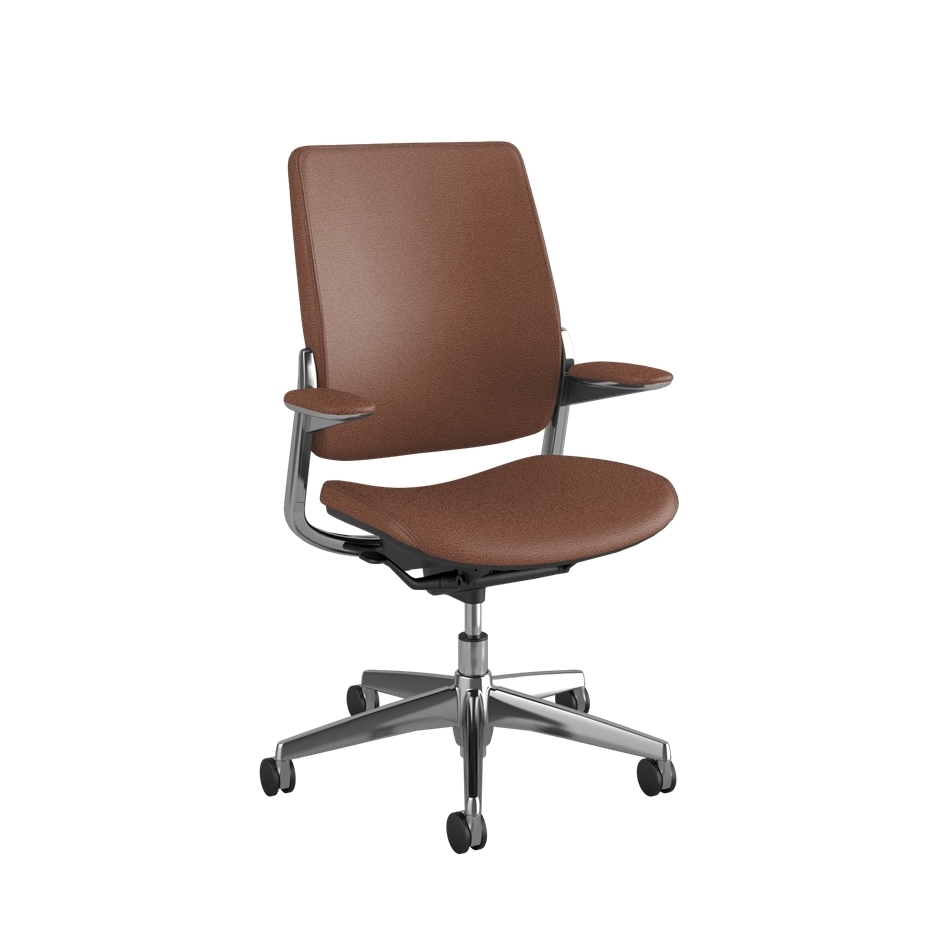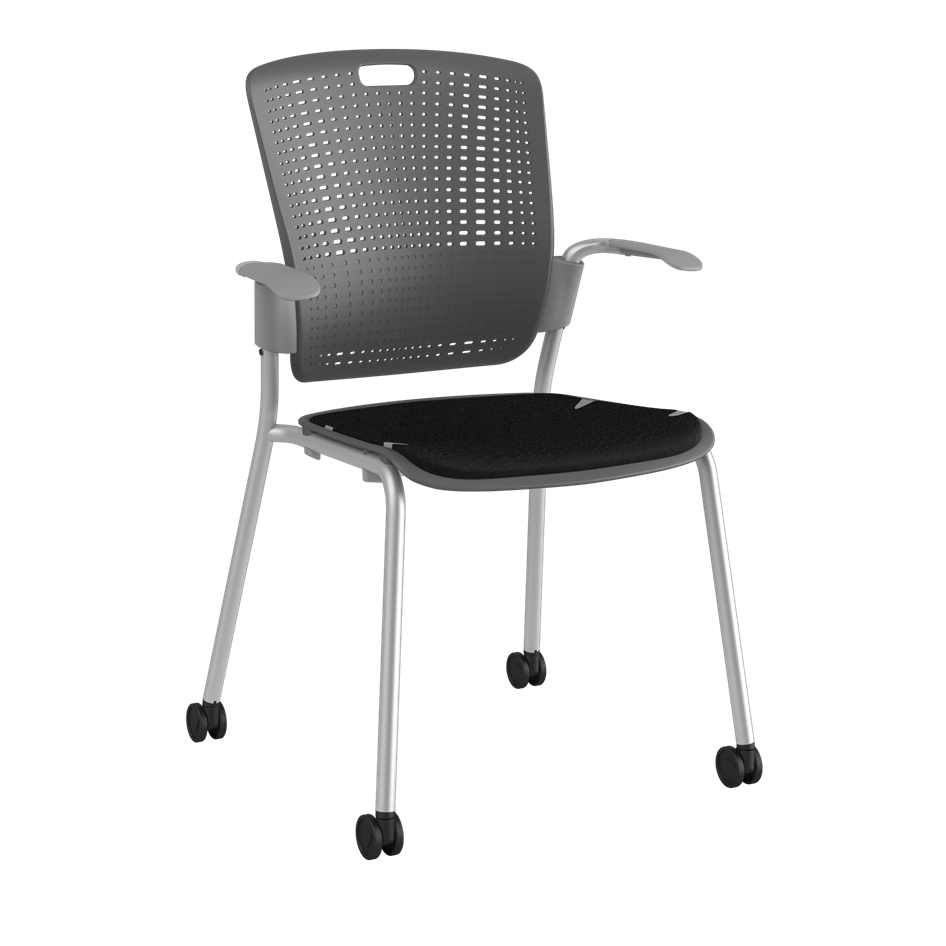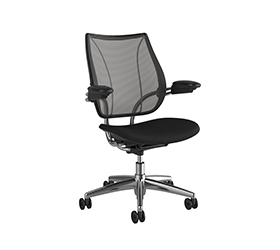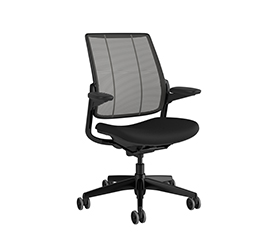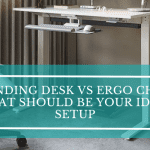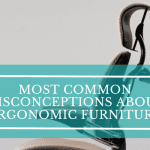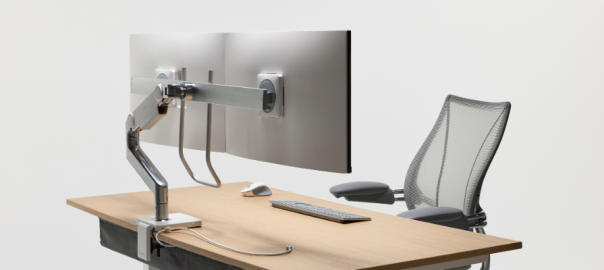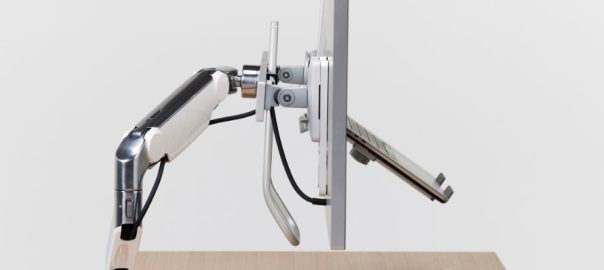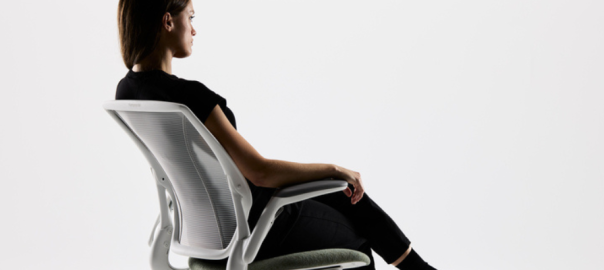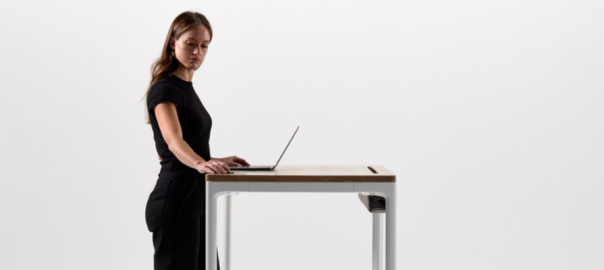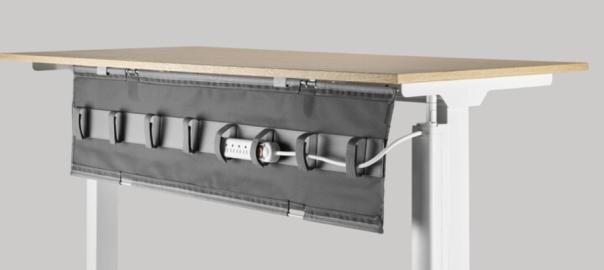Do you work for at least 8 hours at a stretch daily? Whether you work in the office cubicle or at home, you know what sitting all day in a fixed posture does to your body. It aches, you are stiff, and your legs become numb mostly as you do not take breaks to relax and take long walks.
If not addressed, this stress can worsen and trigger various work-related musculoskeletal disorders (WSMD), hindering you from working at your full potential. When you know your job requires sitting for significant durations, the time is ripe (already) to pick an ergonomic office chair.
But what does an ideal ergonomic chair look like? This article walks you through the 12 most critical ergonomic office chair features you should consider. Read on to know more.
Avoid Back Pain and Discomfort With These 12 Key Features in Your Ergonomic Chair
Breathable Materials
This goes without saying, but maintaining a suitable body temperature is vital while working, and breathability helps achieve that. Unfortunately, most people ignore this crucial ergonomic chair feature.
If you are sitting on something that mimics concrete throughout the day, your legs and back will ache. Most ergonomic chairs are made of breathable mesh and high-quality upholstery material. This allows for better air circulation and is often chosen for its comfort during long periods of sitting.
Seat Pan Height
As we all have different heights, your workplace chair must effectively line up with your comfortable seating height. Ideally, when you are seated, your forearms should be in line with your work desk, thighs parallel to the floor, knees a tad lower than your hips, and feet resting flat on the ground.
Ergonomic chairs, designed for comfort, feature adjustable seat height to prevent back and neck pain. This adjustment helps users maintain proper posture, reducing strain caused by prolonged periods at a computer. The adaptability of seat height addresses individual preferences and promotes a healthier and more ergonomic workspace.
The seat height of most ergonomic office chairs ranges from 16 to 21 inches (41 cm and 53 cm, respectively) off the floor.
Seat Width and Depth
The next critical ergonomic office chair feature is seat size – width and depth. You want your office chair to be sufficiently deep and wide for comfortable seating. For instance, look for a deeper seat if you are tall. The rule of thumb is the seat edge and the back of your knees should have 2-3 fingers (2-4 inches) of gap between them.
This space in ergonomic chairs is crucial to avoid compressing the arteries responsible for blood flow through your lower legs and feet.
Lumbar Support
Lumber support – the support given to your lower back – is another oft-mentioned ergonomic chair feature. Your lumbar spine contains five vertebrae in the lower back, between your ribs and pelvis (L1-L5). This area, in particular, is often the source of backache.
Lumbar support in ergonomic chairs helps you avoid that pain by supporting the spine’s natural “S” shape (lordosis) and keeping you from slouching. Moreover, it helps take the heat off the lumbar discs, preventing back pain down the line. Various ergonomic chairs have adjustable lumbar support, letting you raise or lower the backrest to promote better posture.
Read More: How Ergonomic Chairs Are Your Ultimate Solution to Back Pain
Swivel
Who does not love a swivel chair? If you continuously move about the office, have two monitors, or a U-shaped work desk, this ergonomic office chair feature is an excellent asset. A swivel base lets you turn while seated, so you can look at multiple monitors, speak to colleagues, or reach various areas of your desk without straining your back, neck, or shoulders.
Casters
Being able to wheel around the desk space is a boon to workplace productivity. Every time you get up and sit in your chair, those few tiny wheels underneath support your entire body weight. Most ergonomic chairs come with a five-star-shaped base with quality casters to handle your weight effectively. For instance, soft rubber casters are ideal for hard surfaces and most office carpets. Hard casters are better for hard flooring.
Backrest Tilt (Recline)
Sitting upright throughout the workday can take a massive toll on you. There are times when leaning back and relaxing in your office chair becomes more comfortable. This is what makes backrest recline an important feature of ergonomic chairs. The backrest tilt on quality ergonomic chairs lets you adjust the pressure necessary to lean back in your office chair. Moreover, it takes some of the weight from your upper body, decreasing the pressure on spinal discs and muscles.
Seat Depth
You adopt different postures on the chair during your workday, leaning forward to write or type and leaning backward to talk on the smartphone or read a file. People who sit a lot mostly suffer from a posture problem – anterior pelvic tilt. You need to move the seat to support those postures, which means your office chair needs a seat depth. Fortunately, ergonomic chairs allow the seat to slide, further promoting the correct positioning of the pelvis.
Read More: 15 Most-Surprising Benefits of Ergonomic Chairs You Didn’t Know Yet
Armrests
Another critical ergonomic chair feature is adjustable armrests. These arm supports help you maintain your upright posture and unload your upper body while typing. The width and height of the armrests of ergonomic office chairs are adaptable so that you can type for extended periods without cramping or needing to stretch out your shoulders and arms every so often.
Headrest
Most people think a headrest is not necessarily a required ergonomic office chair feature. But believe us, a headrest makes all the difference. Whether you are typing or reading from PC monitors every day, a simple headrest removes considerable pressure and tension from the neck and the back of the head. This is especially beneficial for taller people. You will feel lighter, and more focused on the task, and prevent a stiff neck from long working hours with headrest chairs.
Seat Pan Shape
The seat pans of ergonomic chairs are contoured to allow even weight distribution. Soft and contoured edges of the seat pan protect you from thigh and buttock compressions. Besides, a waterfall edge at the front reduces pressure build-up around the soft tissues of the thighs. So, why does this ergonomic office chair feature matter? A comfortable seat pan not only improves your workplace productivity but also helps you dodge the backache blues.
Style and Aesthetics
Finally, the last ergonomic chair feature to consider is style and aesthetics. Investing in visually appealing ergonomic products is not just about looking good. Imagine entering a well-lit office adorned with sleek, comfortable chairs – it is an instant mood boost. Aesthetically pleasing ergonomic chairs not only elevate your and your employees’ satisfaction but also reflect your brand’s commitment to a conducive workspace. Style is not just a luxury but a silent motivator, influencing the ambience and promoting a positive mindset.
Read More: Guide to Ergonomic Chairs: A Must-Read for Professionals
Your Workplace Throne Awaits
In the quest for an optimal work environment, securing a high-quality ergonomic chair is paramount. Your well-being and productivity are intertwined with the office chair you choose. From lumbar support to adjustable armrests, each ergonomic chair feature discussed above is a building block for a healthier, more comfortable workspace.
So, choose wisely and watch your workplace productivity soar while your comfort takes centre stage.


